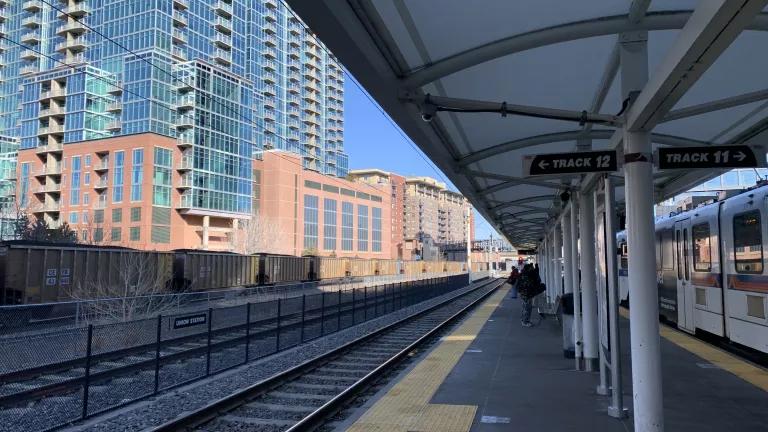Questioning Assumptions About Low-Income Americans

The bootstraps myth is strong in America.
You know how it goes: Having problems feeding the family or paying the bills? Pull yourself up by your bootstraps and get to work!
The American Dream is the bootstraps myth writ large. Work hard enough and you and yours will prosper now and for future generations.
But the facts show otherwise.
What urban planners, leaders in economic development, local activists and stakeholders have known for quite some time is that where you grow up is one of the strongest predictors of future success. Place matters.
It matters not just for economic success but for one’s chances of suffering health problems and for being exposed to environmental contaminants and hazards resulting from climate change.
Some case studies to consider:
- Martin County, Kentucky – In 1964, when President Lyndon Johnson declared a war on poverty, he appeared before news cameras at a family home in Martin County, KY, the heart of coal country, which had a poverty rate of nearly 60 percent and per capita income just 35 percent of the nation’s average. Today, the poverty rate in Martin County is lower, at 35 percent, but it is still more than double the national rate. Poverty persists in the isolated, hilly region cut off from everything from roads and water infrastructure to broadband. Without new investment, families in Martin County have few opportunities.
- In a more urban area, Washington, D.C., equal opportunity for all falls short despite the city being one of the richest in America. As in Martin County, the seeds of struggle were sewn decades ago. In the 1940s, the community of Barry Farm, developed by 500 black families in the late 1860s, was bisected by the Suitland Parkway, and the next two decades would bring so-called urban renewal and the displacement of thousands of Southwest Washington residents. Today, the net worth of white households in the city is 81 times that of black households.
- In South Texas, low-income communities are vulnerable to repeated flooding and property loss from the area’s torrential rains—a problem that has persisted for decades while other parts of the region shore up their resiliency to harsh weather effects through public investment in infrastructure.
These examples and others are highlighted in the results of a new survey on citizens’ attitudes toward success in this American land of opportunity—How Local Leadership Can Drive Prosperity for All: A new vision for promoting equitable growth and infrastructure development in America’s communities.
The survey, sponsored by the Strong, Prosperous, And Resilient Communities Challenge (SPARCC), which launched a six-region initiative today at Harlem’s Schomburg Center for Research in Black Culture, found some surprising attitudes among Americans increasingly concerned with economic mobility.
The majority of those surveyed (74 percent), for example, overwhelming supported the premise that hard work alone is not enough to lift people out of poverty when there is lack of access to opportunity.
The poll also found that approximately nine in ten Americans support using public funds to invest in a range of projects that can help people lift themselves out of poverty and provide economic opportunities. Initiatives that respondents supported ranged from expanded access to health services and public transit, to preparing for extreme weather events, and updating housing policies.
SPARCC, the product of an unusual and powerful partnership involving NRDC, Enterprise Community Partners, the Federal Reserve Bank of San Francisco and the Low Income Investment Fund, is an answer to furthering such initiatives. With funding support from the Ford Foundation, The JPB Foundation, The Kresge Foundation, the Robert Wood Johnson Foundation and The California Endowment, it has named Atlanta, Chicago, Denver, Los Angeles, Memphis, and the San Francisco Bay Area as the first recipients in a three-year, $90 million revitalization initiative.
This community-led, public-private partnership is the right approach for investing in neighborhoods to help lift entrenched barriers to that collective concept we call the American Dream.




